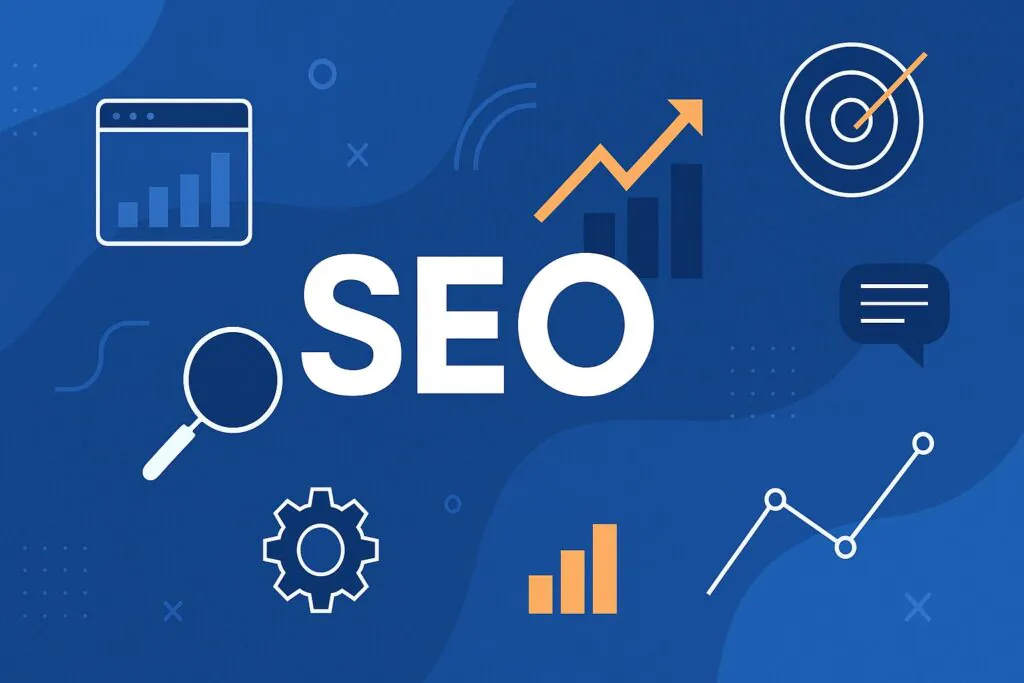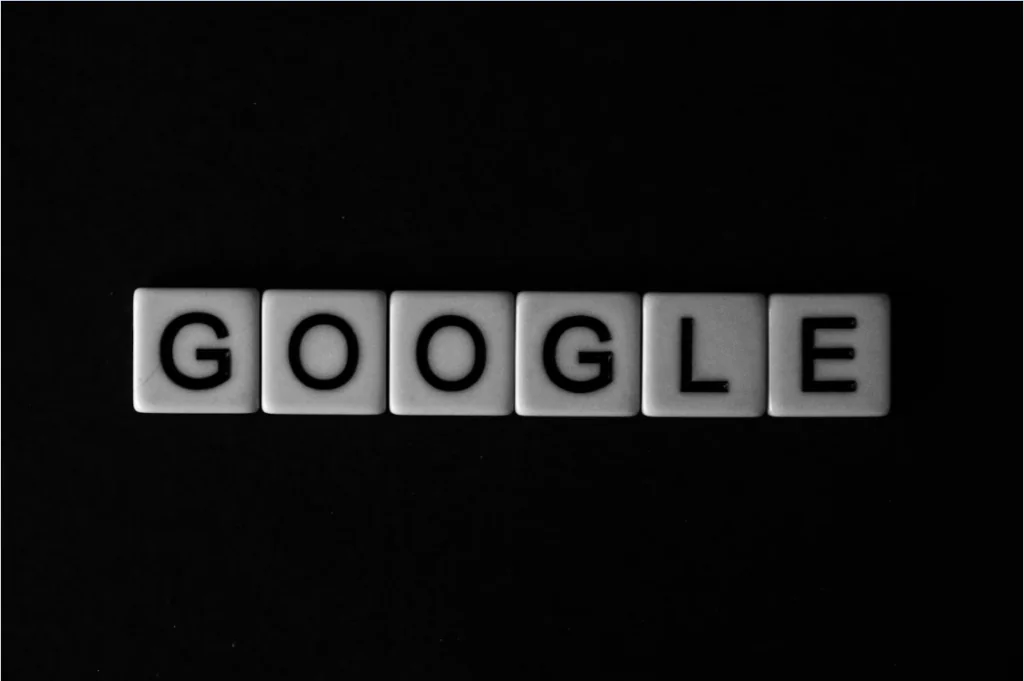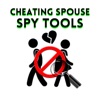How to Identify and Recover from Google Penalties: A Step-by-Step Guide
Sudden drops in your organic traffic can be more than just seasonal shifts or algorithm updates, they may be signs of a Google penalty. Whether algorithmic or manual, penalties can severely harm your website’s visibility, credibility, and revenue. In a competitive digital landscape, recovering from such penalties isn’t optional – it’s essential.



This step-by-step guide explains how to identify the type of penalty affecting your site, uncover the root causes, and recover efficiently. If the situation is too complex to handle internally, seeking Google penalty recovery services from SeoProfy, a professional SEO agency, can significantly accelerate and safeguard the process.
What Is a Google Penalty?
A Google penalty is a punitive action taken against a website that violates Google’s Webmaster Guidelines. The result? A sharp decline in rankings, sometimes even total deindexing. Penalties come in two forms:
Manual Actions – Applied by a human reviewer at Google after a site is flagged.
Algorithmic Penalties – Triggered automatically by updates like Panda (content quality), Penguin (link quality), or Hummingbird (semantic relevance).
Understanding which one you’re dealing with is key to effective recovery.
Step 1: Identify the Type of Penalty
Use Google Search Console
The first step is to log into Google Search Console (GSC). If your site has received a manual action, you’ll see a message under the “Manual Actions” tab. These notifications include a reason (e.g., unnatural links or thin content) and the affected URLs.
If no manual action is listed, it’s likely algorithmic. In that case:
Monitor Traffic with Analytics
Compare your traffic trends in Google Analytics with known algorithm update dates using tools like:
- Moz Google Algorithm Change History
- SEMrush Sensor
- AccuRanker’s Grump rating
- RankRanger
Sudden declines aligned with update rollouts strongly suggest an algorithmic issue.
Step 2: Determine the Root Cause
Once the penalty type is identified, isolate the cause. Here’s how:
For Manual Penalties
Google often cites the issue, such as:
- Unnatural inbound links (paid or manipulative)
- Thin or scraped content
- Keyword stuffing or cloaking
- User-generated spam
- Pure spam techniques
Each issue has a specific remediation path.
For Algorithmic Penalties
Match the symptoms to the likely algorithm:
- Panda – Affects low-quality, duplicate, or thin content.
- Penguin – Targets unnatural backlink profiles.
- Medic/Core Updates – Related to E-E-A-T (Experience, Expertise, Authoritativeness, Trust).
- Helpful Content Update – Penalizes content written primarily for SEO, not humans.
Use tools like Screaming Frog, Ahrefs, or Sitebulb to assess technical and content-related factors.
Step 3: Clean Up Your Backlink Profile
Bad links are the #1 reason for manual penalties and Penguin triggers.
Audit Links
Use tools like Ahrefs, Google Search Console, and Majestic to export your full backlink profile. Look for:
- Links from low-quality, irrelevant domains
- Over-optimized anchor texts
- Paid or PBN links
- Forum and comment spam
Remove or Disavow
- Outreach to webmasters and request link removals.
- Use the Disavow Tool for links you can’t remove. Submit a .txt file of URLs/domains to Google via Search Console.
Google recommends this step only when absolutely necessary – don’t overdo it.
Step 4: Improve Content Quality
Audit Thin and Low-Value Pages
Use a crawler or manual checks to flag:
- Pages with <300 words
- Auto-generated or scraped content
- Duplicate meta tags and titles
Update or Merge Pages
Combine similar posts, enrich them with updated data, original commentary, internal links, and relevant keywords. Improve readability, structure, and relevance.
Delete Irredeemable Content
If a page serves no purpose and doesn’t attract traffic, delete it and implement proper redirects (301) if needed.
Step 5: Fix Technical SEO Issues
Mobile Usability
Ensure your website is mobile-friendly, especially after the Mobile-First Indexing initiative.
Core Web Vitals
Improve loading speed, interactivity, and visual stability. Use PageSpeed Insights and Lighthouse reports.
Duplicate Content
Set canonical tags and check your CMS settings. Avoid duplicate product or category pages by using parameter handling in Search Console.
Step 6: Enhance E-E-A-T Signals
E-E-A-T is not an algorithm but a quality guideline applied by human raters, and its principles influence many core updates.
Demonstrate Expertise
- Publish content written by subject matter experts.
- Include detailed bios and credentials.
- Cite trustworthy sources.
Boost Authoritativeness
- Get cited by credible domains.
- Improve your backlink profile with PR or digital outreach.
- Feature awards, partnerships, and client logos.
Build Trust
- Use HTTPS.
- Display contact information and privacy policy.
- Collect and showcase reviews.
These efforts send strong signals that your site is credible and worthy of a higher ranking.



Step 7: Submit a Reconsideration Request (Manual Penalties Only)
If your site received a manual action, once you’ve completed all clean-up tasks:
- Write a detailed explanation of what you fixed.
- Describe how your site now complies with guidelines.
- Provide evidence (before/after link profiles, disavow file, content screenshots).
Submit the request via Search Console. Responses usually take a few days to a few weeks.
Step 8: Monitor Progress and Rankings
Recovery is rarely instant.
- Track traffic and ranking improvements using Google Analytics and rank trackers.
- Continue building high-quality content and ethical backlinks.
- Monitor Search Console weekly for new warnings or changes.
Sometimes, recovery may take months, especially for algorithmic penalties. Be consistent and patient.
When to Seek Professional Help
Recovering from a Google penalty requires technical skills, SEO expertise, and a strategic roadmap. If your in-house team lacks experience or results have stalled, it’s time to bring in specialists.
Hiring Google penalty recovery services from SeoProfy can help:
- Pinpoint exact penalty triggers through advanced audit tools.
- Clean up toxic backlinks without harming authority.
- Rebuild rankings through approved white-hat techniques.
- Submit persuasive reconsideration requests that get results.
- Speed up the recovery timeline and minimize revenue losses.
SeoProfy’s team specializes in complex SEO repair and recovery projects. With data-driven insights and years of case studies, we understand the nuances of penalty lifecycles and can guide you to a full recovery.
Future-Proofing Your SEO: Prevention Is Better Than Cure
After you’ve successfully recovered, shift focus toward long-term compliance and resilience. Here’s how:
Regular Link Audits
Performing regular audits of your backlink profile is essential to maintaining a healthy SEO foundation. Aim to conduct comprehensive link audits at least once per quarter. Use tools like Google Search Console, Ahrefs, or SEMrush to analyze all incoming links to your website. Identify toxic, spammy, or irrelevant backlinks that may harm your rankings or flag your site for a Google penalty.
If detected, act immediately to disavow these links using Google’s Disavow Tool and reach out to webmasters where possible to request link removal. Being proactive rather than reactive can prevent long-term damage to your domain authority and visibility in search results.
Transparent SEO Practices
Sustainable SEO is built on transparency and ethical execution. Avoid manipulative tactics such as buying links, participating in private blog networks (PBNs), using automated content spinning tools, or implementing doorway pages and cloaking techniques. These shortcuts may yield short-term gains but often result in severe Google penalties. Instead, focus on building high-quality, user-centered content that addresses search intent, naturally earns backlinks, and provides value to your audience.
Through digital PR, partnerships, and content outreach, engage in white-hat link building. Align all strategies with Google’s Search Essentials documentation to ensure your SEO efforts are future-proof and trustworthy.
Stay Updated with Algorithm Changes
Subscribe to SEO blogs like:
- Search Engine Roundtable
- SEOProfy’s blog
- Moz Blog
- Google Search Central
React quickly to updates that impact your industry niche.
Final Thoughts
Google penalties can be devastating, but they’re not permanent. Whether you’re hit with a manual action or caught in an algorithmic storm, recovery is possible – with the right approach. Diagnose the issue correctly, fix the root problems, and work with experts when needed.
Choosing Google penalty recovery services from SeoProfy ensures you’re not navigating the recovery maze alone. They bring experience, credibility, and a proven methodology to restore your site’s visibility and trust with Google.
Being proactive, honest, and consistent in your SEO approach is the best way to avoid future penalties – and stay ahead of your competitors.
Need help fast? Don’t wait for rankings to get worse – explore your tailored Google penalty recovery plan today.
Related Apps
Latest News
- How to Identify and Recover from Google Penalties: A Step-by-Step Guide
- How to Choose the Right IT Service Management (ITSM) Solution
- Why Twitter Video Views Matter and How to Boost Them
- How to Edit Videos Online: A Beginner's Guide to Fast and Easy Editing
- How to Get a Virtual Number for WhatsApp Activation
- Best Practices to Develop AI Chatbots: How to Make Your Bot User-Friendly






